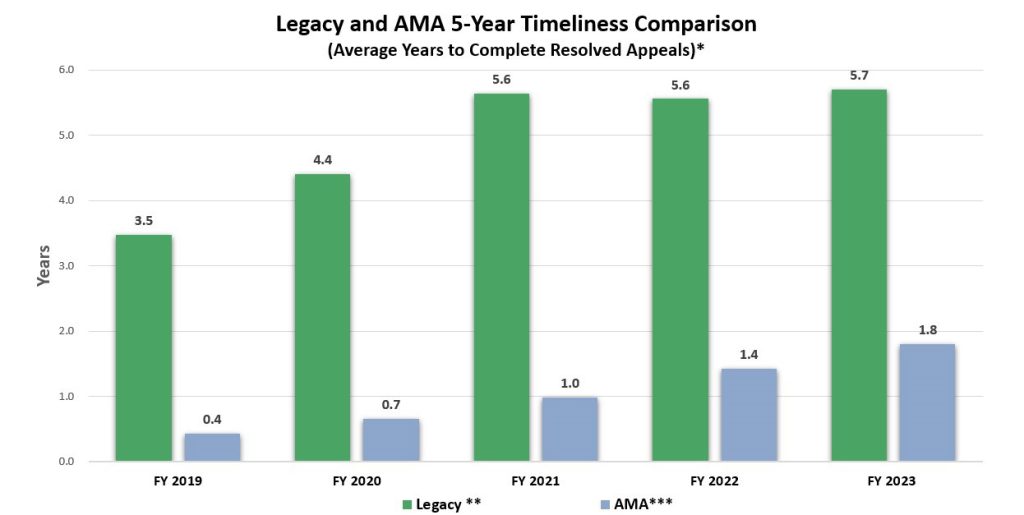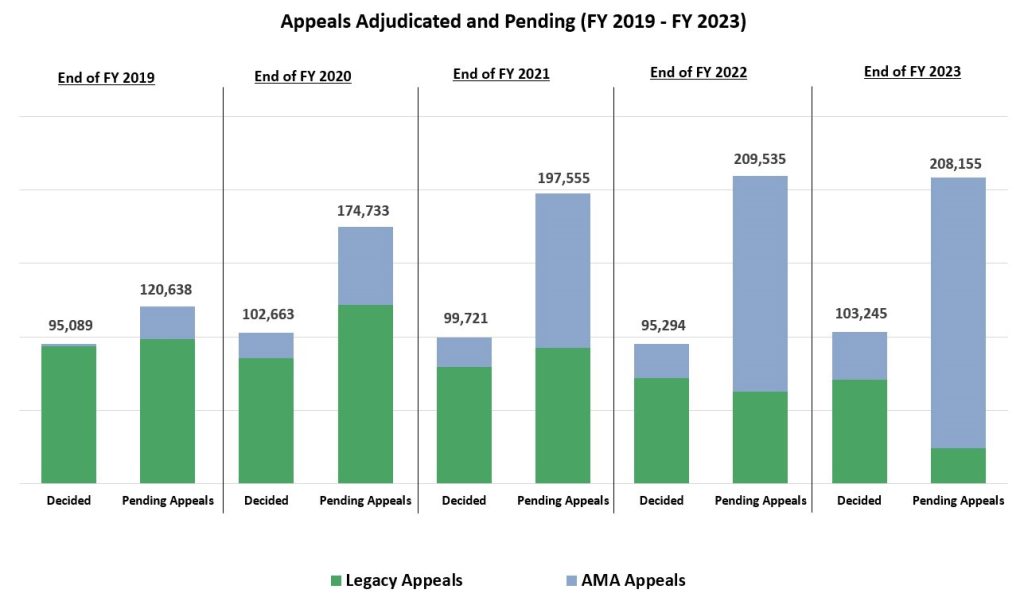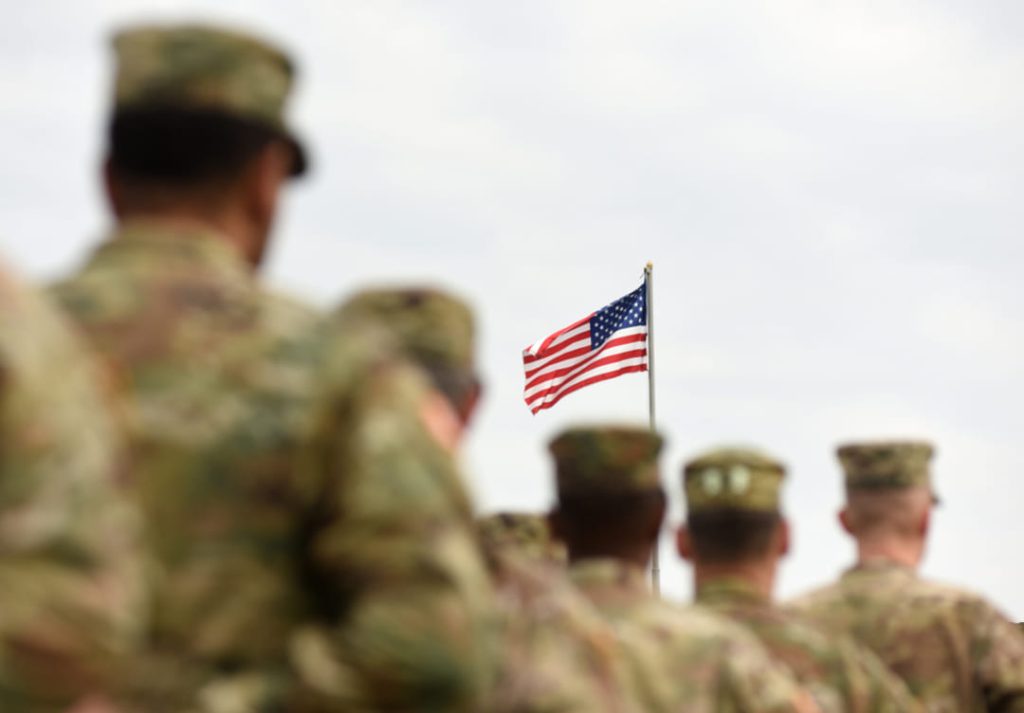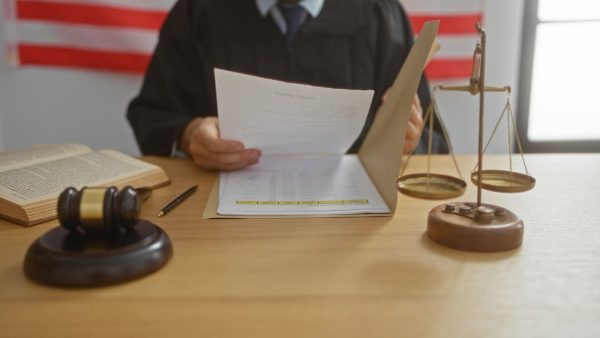Looking for Expert-Level VA Claim Answers?📱Call Us Now! 737-295-2226
The answer to “How long does a VA appeal take?” can be pretty long-winded. The average time for a VA appeal depends on several factors, such as what type of appeal you request and the VA’s current backlog.
There’s lots of legalese around this topic that I’m going to skip over. I could explain all the ins and outs of the VA appeals process, but instead, I’m just going to tell you what you need to know.
Keep reading for more information on the VA appeal timeline!

How Long Does a VA Appeal Take?
VA appeal timelines can vary depending on what type of appeal you request, the VA’s current backlog, and other factors.
VA Legacy Appeals Timeline
As of 2023, the average time for a VA appeal that was submitted through the legacy appeals system is 5.7 years.
This is an outrageously long time to make veterans wait for a decision. These long wait times led to a massive backlog of appeals. In 2017, undecided appeals totaled over 475,000.
The backlog of appeals got so bad that the legacy appeals system was sunset on February 29th, 2019, and completely replaced with the Veterans Appeals Improvement and Modernization Act of 2017 (AMA).
As you can see from this chart, the new AMA system has drastically shortened decision wait times. I will show you exactly how long the modernized appeal process takes further down in this post.

The AMA system has also helped shrink the VA’s appeal backlog. As of 2023, the total backlog between AMA appeals and legacy system appeals is 208,155.

What if I Submitted My Appeal Before February 19th, 2019?
All appeals filed after the 2019 date are automatically opted into the modernized appeals process.
But if you filed your appeal before the 2019 date, then your appeal will be decided using the legacy system.
Keep in mind, though, that there are two ways you could be allowed to switch to the modernized process. They are:
- If you disagree with your Statement of the Case (SOC) and it’s dated after February 19th, 2019, then you have the option to opt into the AMA system. If your SOC is dated before February 19th, 2019, then you’re stuck in the legacy system.
- You can also opt into the AMA system if your Supplemental Statement of the Case (SSOC) is dated after February 19th, 2019. If it’s dated before that date, then unfortunately, you’re stuck in the legacy system.
You can learn more about the legacy appeals system on the VA’s website.

How Long Does the Modernized Appeals Process Take?
The Veterans Appeals Improvement and Modernization Act created what the VA calls “decision reviews.” There are three decision review lanes for you to choose from.
The 3 Decision Review Lanes
- Supplemental Claims
- Higher-Level Reviews
- Board of Veterans’ Appeals
Let’s take a look at each of these in more detail, as each has its own pros and cons.
Supplemental Claims
This option is best for you if you disagree with the VA’s initial decision on your claim and have new and relevant evidence that you think could change the VA’s mind. “New and relevant” just means that:
1: The evidence wasn’t included in your initial claim.
2: The evidence can prove or disprove something in your initial claim.
NOTE: If you have new and relevant evidence, you can also request a Board Appeal. But this process will likely take longer.
Higher-Level Reviews (HLR)
This option is best if you think the VA made a mistake while deciding your claim. If you request a Higher-Level Review, a higher-ranking VA reviewer will re-examine your initial claim and decide if:
1: The original reviewer made an error.
2: There is a difference of opinion that changes the decision of your claim. (A “difference of opinion” is when there is a different but equally valid interpretation of the evidence in your claim).
Pro Tip: You can also request a Higher-Level Review if you disagree with the VA’s decision on your supplemental claim.
NOTE: You can’t submit new evidence with a Higher-Level Review.
Board of Veterans’ Appeals (BVA)
If you choose this option, your case will be sent to a Veteran Law Judge (VLJ) for a decision. VLJs are experts in Veterans law and work out of Washington DC. If you’re ever called to appear before a VLJ, you could be required to travel to DC. But most likely, you’ll video conference with the judge.
You can only request a Board Appeal if you disagree with the decision on your initial claim, supplemental claim, or your Higher-Level Review.
Eligibility Criteria
Supplemental Claims, Higher-Level Reviews, and Board Appeals all have their own eligibility criteria. You can learn more about each on the VA’s website.
You DESERVE a HIGHER VA rating.
Take advantage of a VA Claim Discovery Call with an experienced Team Member. Learn what you’ve been missing so you can FINALLY get the disability rating and compensation you’ve earned for your service.
How Long Does it Take for a VA Appeal?
Now let’s get into the VA appeal timelines for each of the three decision review lanes.
Supplemental Claim Timeline 2024
As of January 2024, it takes the VA an average of 154.7 days to decide on a supplemental claim.
Higher-Level Review Timeline 2024
The VA says they try to decide on Higher-Level Reviews within 125 days. But right now, you can expect your Higher-Level Review to take about 6-8 months.
Learn more about the Higher-Level Review timeline as well as how to request one in our blog How Long Does a Higher-Level Review Take?
Board of Veterans’ Appeals Timeline
As of 2023, BVA decisions take an average of 1.8 years.
How long your Board Appeal takes depends on what docket you choose. There are three docket options:
- Direct Review docket: This is the fastest way to get a BVA decision. This is the best option if you believe everything needed to approve your claim is already in your file. The BVA will not consider any new evidence with this option, and the VLJ will decide your case based on the evidence that was available at the time of the decision you’re appealing.
- Evidence Submission docket: This option lets you submit new evidence before your case is heard by the VLJ. You must submit your new evidence within 90 days of appealing to the Board.
- Hearing docket: This option is best if you want to appear before a VLJ. On average, this option takes the longest.
This chart details the average wait time for each docket.

- Direct Review dockets average 314 days to complete. The BVA’s goal is 365 days.
- Evidence Submission dockets average 695 days to complete. The BVA’s goal is 550 days.
- Hearing dockets average 927 days to complete. The BVA’s goal is 730 days.
Want to Increase Your VA Rating? WE GOT YOUR SIX!
- VA Claims Insider is a highly rated, veteran-owned and operated business.
- 25,000+ disabled veterans served in our membership programs since 2016.
- Employs 200+ teammates; comprised of 44 veterans as well as military spouses.
- 4.7/5.0 average rating out of 5,000+ total reviews; over 4,000 5-star reviews.

Clay Huston
Clay Huston is a former U.S. Army Reserves Blackhawk Pilot and officer. Clay enlisted in the Army in 2013 and was commissioned as a 2LT in 2017 after earning a business degree from the University of Illinois Champaign-Urbana.
Since separating from the military, Clay has pursued a career as a writer. He also runs the nonprofit notfatherless.org, which fundraises for Children’s Homes in Mexico.
Content Reviewed by: Quality Assurance (QA) Team
The Quality Assurance (QA) team has over 36 years of combined experience in meticulously researching accuracy and fact-finding information. The Quality Assurance team’s expertise includes specialized experience in the VA Claims Adjudication processes, applicable VA laws, and regulations. Reviews were structured around considerations of the intended audience and examined the content’s relevance, accuracy, structure, and clarity. Changes suggested by the QA team were incorporated by content writers and creators.



